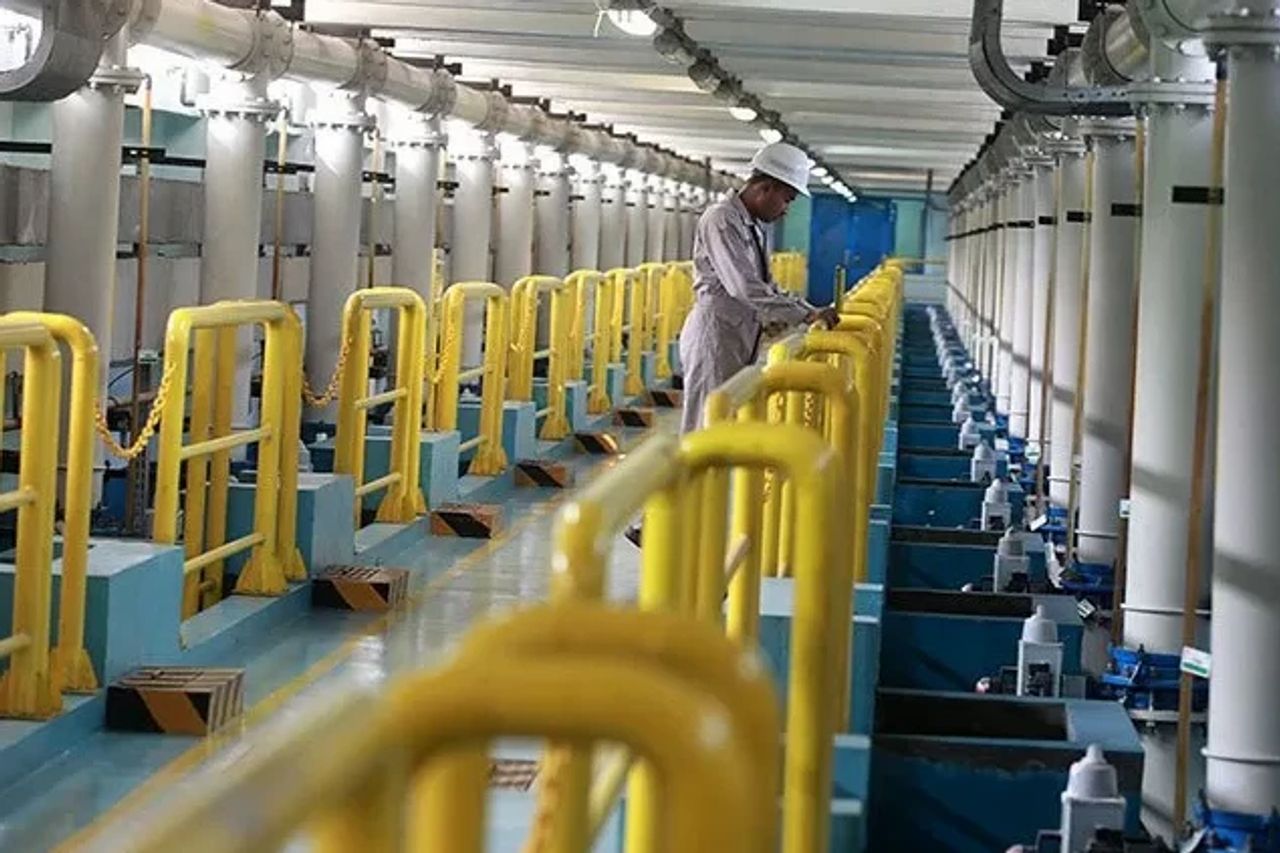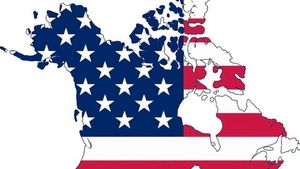Pipe Water Leaks In Jakarta Begin To Drop, DPRD Asks PAM Jaya Not To Be Satisfied

JAKARTA - The water leakage rate (NRW) of PAM Jaya's piping water is currently starting to decline at 36 percent. In early 2024, the water leakage rate still reached 45 percent.
Member of Commission C of the DKI Jakarta DPRD, August Hamonangan, supports Perumda PAM Jaya's steps in suppressing water leakage rates, both from pipe leaks and water theft. However, the regionally owned enterprise (BUMD) was asked not to be complacent.
"Although various programs and concepts have been carried out by PAM Jaya, don't be complacent. The most guarded is the level of consumer satisfaction. Without consumer satisfaction as a water user who directly feels the impact, all efforts will be in vain," August told reporters, Wednesday, January 8.
August explained that PAM Jaya's response so far has been going quite well. Reports of leaks or water problems, he said, were responded to by the decline of the PAM Jaya technical team to resolve obstacles in the field. Even if the initial treatment is not maximized, there will always be further assistance that goes down until the network repairs are completed.
"We always monitor if there are complaints from the public, ranging from slow water flow, leakage, to unstable water pressure, we immediately convey it to PAM Jaya," said August.
Even though PAM Jaya's achievements are quite positive, the challenge of maintaining consumer satisfaction must be a major concern.
"Although various programs and concepts have been carried out by PAM Jaya, don't be complacent. The most guarded is the level of consumer satisfaction. Without consumer satisfaction as a water user who directly feels the impact, all efforts will be in vain," said August.
SEE ALSO:
For information, PAM Jaya targets the water leak rate to drop to 30 percent by 2030. In the same year, PAM Jaya is also targeting the construction of a clean water pipeline network to 100 percent of the Jakarta area.
PAM Jaya President Director Arif Nasrudin said the cause of the high leak rate was the old age of Jakarta's pipes. He explained that there are still many pipes in Jakarta that are one century old. It takes a very large investment with a long repair process and can have a broad impact on community activities to repair these pipes.
For this reason, efforts are made, among others, by focusing on dealing with leaks per region. For example, this year, PAM Jaya will focus on repairing pipes in six areas that have large leak rates such as in Asem Baris, Kampung Melayu, Abdul Wahab, Kebon Jeruk, Pulomas, and Duren Sawit.
"In Kampung Melayu, for example, it could be 79 percent of the NRW. It's huge. But if these six areas are resolved, the contribution may be 1 percent for the total throughout Jakarta. That's why we have shifted gradually to 'bottom up'," said Arief, some time ago.

